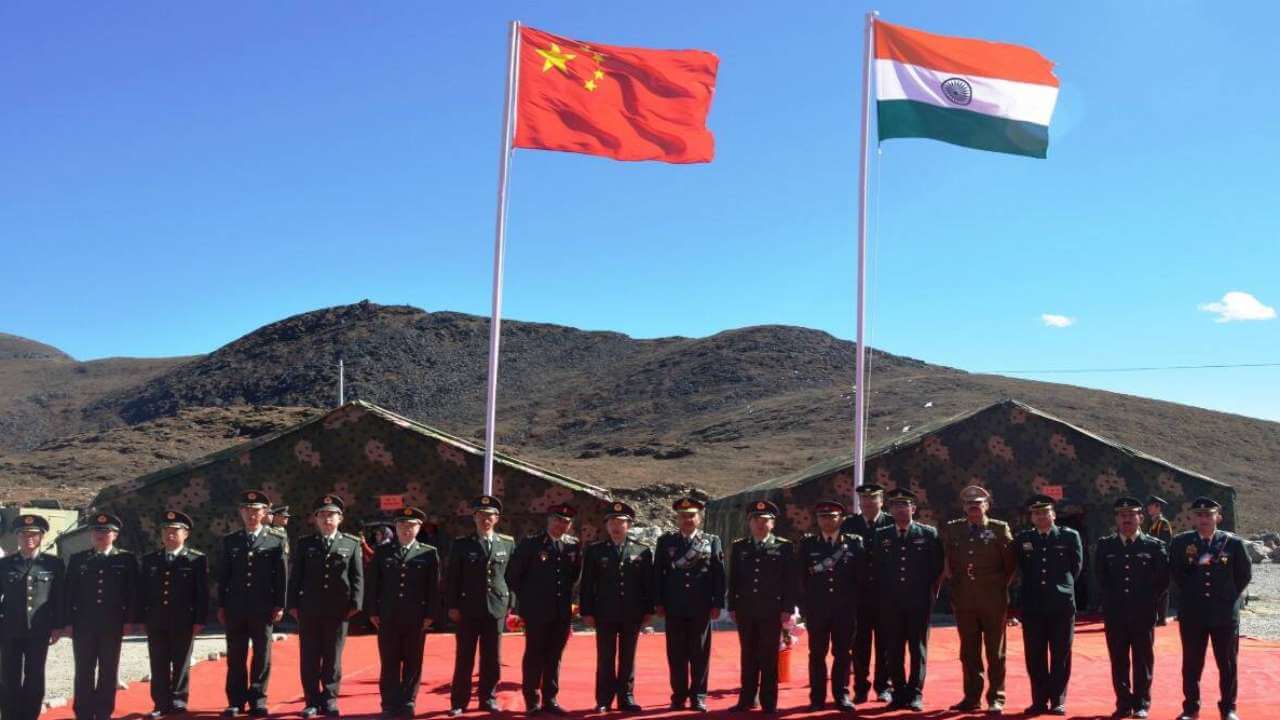After about nine months of rising tensions between the two Asian powers, India and China have finally agreed to disengage from the Line of Actual Control (LAC) in Eastern Ladakh and return to their pre-April 2020 positions. This is seen as a major achievement for both sides, as it is the first easing of military presence in the region since the border stand-off first began in May. The first indication of this latest development was given by Colonel Wu Qian, the Chinese Defence Ministry spokesperson, who published a written statement announcing that India and China commenced their “synchronised and organised disengagement”.
Furthermore, while addressing the Parliament this morning, Indian Defence Minister Rajnath Singh also corroborated the Chinese Defence Ministry’s statement. Addressing the Rajya Sabha, he said, “Our sustained talks with China have led to agreement on disengagement on the north and south banks of Pangong Lake. After this agreement, India-China will remove forward deployments in a phased, coordinated manner.”
While the statements by the Indian and Chinese officials do not provide much clarity on what this means, experts say that this effectively indicates that the Chinese side will withdraw from the Finger area on the north bank of Pangong Tso lake, while the Indian side will retreat from the “advantageous position” that it currently occupies on the southern side of the lake. Moreover, sources have said that both India and China have commenced withdrawing heavy weaponry, such as tanks and mechanised equipment, from the south bank of the Pangong Tso-Kailash range. However, disengagement in the Depsang and Charding Ninglung Nallah junction will be discussed in the next high-level military meeting between the two sides.
These positive developments are a consequence of the discussions during the ninth round of the India-China border de-escalation talks, which took place just last week. However, their decision to begin disengagement comes as a surprise, specifically in light of the developments that immediately followed the last round of discussions. Following the meet, Chinese President Xi Jinping delivered a speech to the People’s Liberation Army (PLA) Air Force unit in which he called upon the PLA to be “combat ready” during China’s upcoming Spring Festival holidays. “During the Spring Festival, the entire army must strengthen combat readiness on duty to guard national security and the happiness and tranquillity of the people,” Xi said in his speech to the unit stationed in southwest China’s Guizhou province.
This recent conflict between the two neighbouring countries was spurred by the military escalation in May. After two separate skirmishes between Indian and Chinese forces in Pangong Tso Lake in Eastern Ladakh and at the Naku La pass in Northern Sikkim, soldiers from both sides were spotted camping near several disputed areas, with each side regularly accusing the other of trespassing. Therefore, while the recent developments should be applauded, keeping in mind the trust deficit between both sides, India and China are both likely to approach this disengagement with caution.
India, China Agree on Disengagement to Pre-April 2020 Positions Along LAC
After months of heightened activity along the Indo-China border, officials sources from both countries have said that the two sides have begun disengagement in the region.
February 11, 2021

SOURCE: DNA
